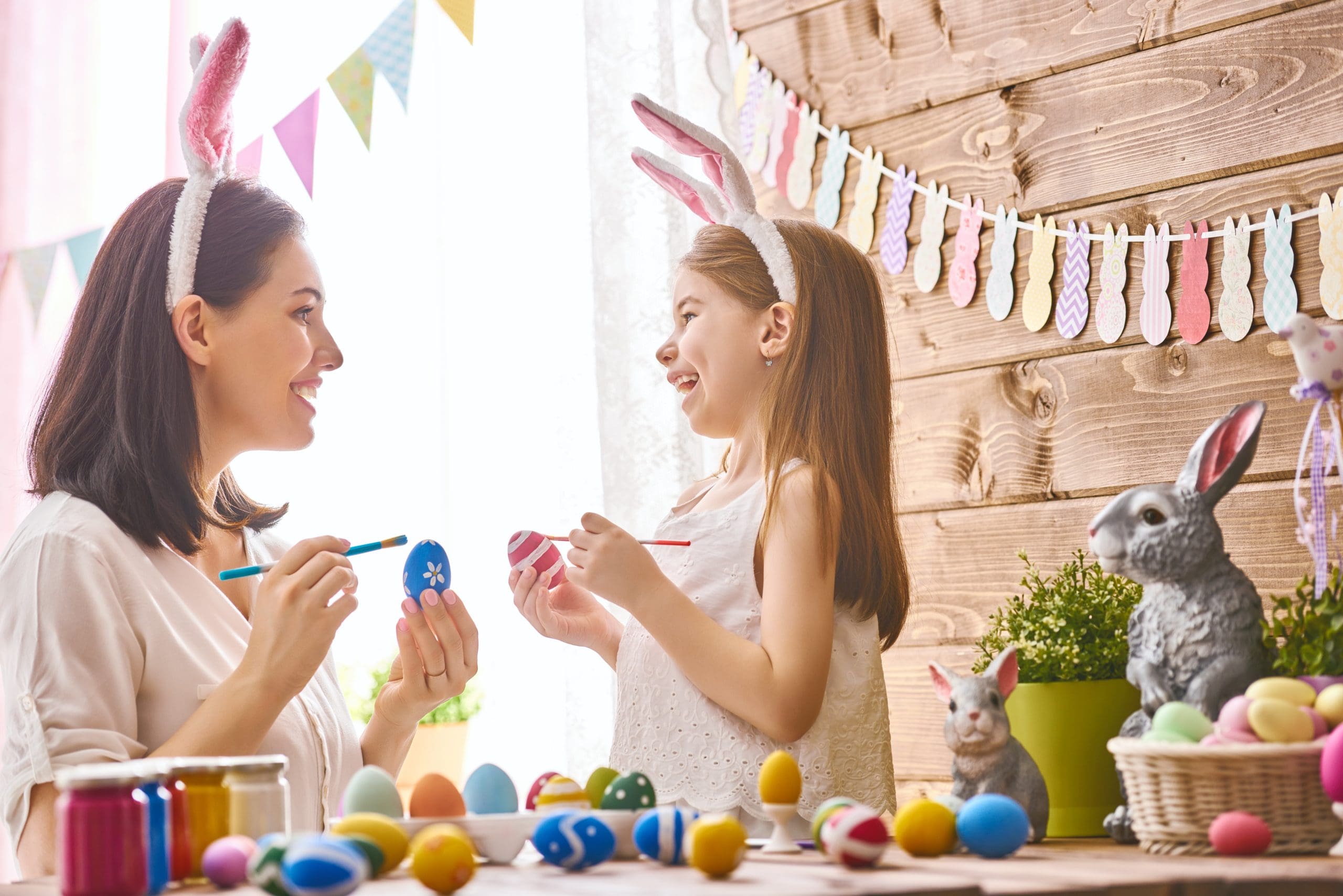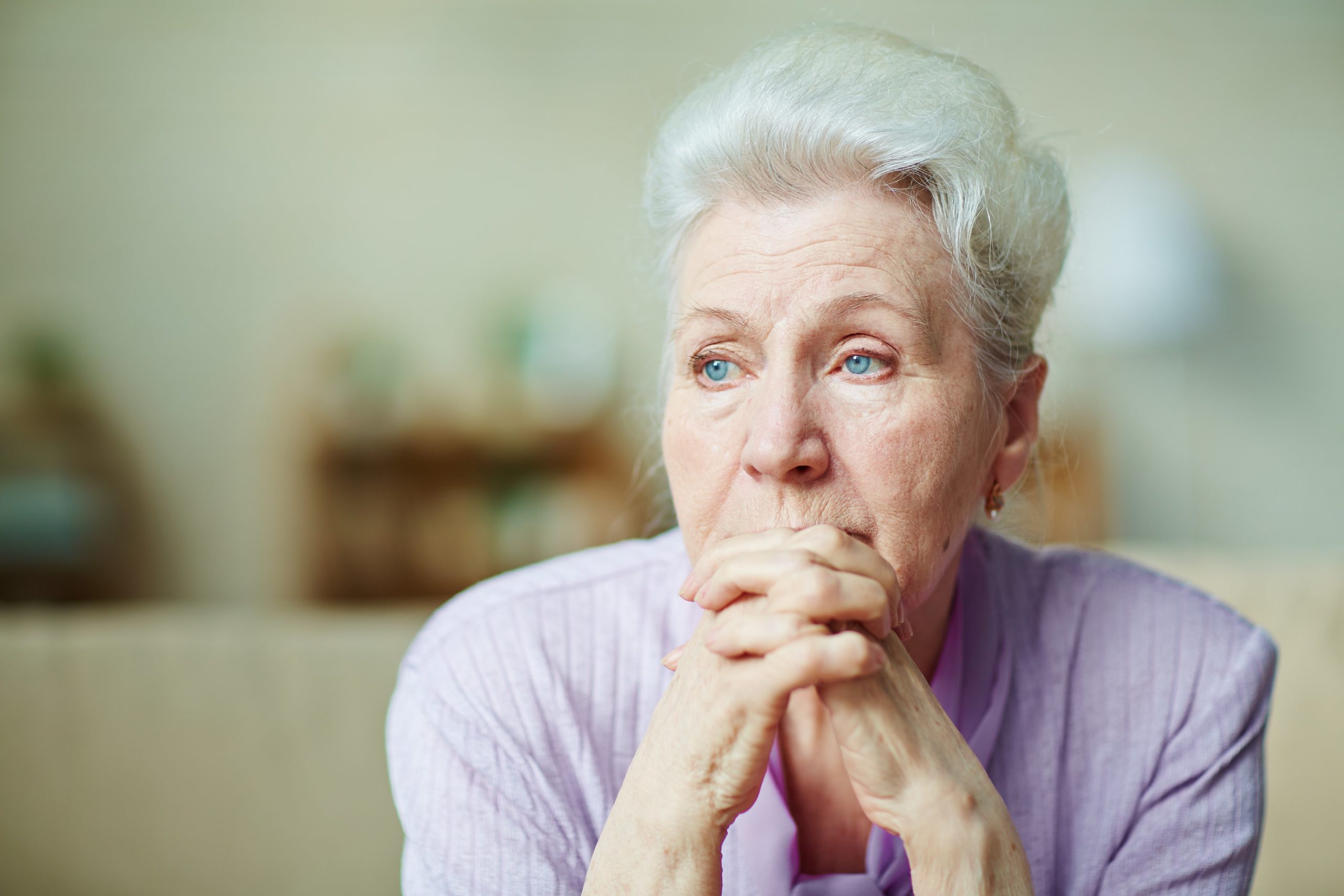What do eggs, flowers, and hats have in common? They are all Easter traditions. But why colored eggs? And what do hats have to do with Easter? If you’ve ever wondered why we have some of these customs, here are ten Easter traditions explained.
1. Easter Dresses
No one can really say when this tradition started. In Medieval times it was considered bad luck not to wear something new at Easter, even if it was just a ribbon. Centuries later, early American families would emerge from the farm after a long, hard winter, and head to the local general store. Women would pore over material, planning new, lighter summer wardrobes to replace their own drab, worn winter clothes.
Out of this came the American tradition of wearing new clothes for Easter. Those who couldn’t afford new clothes often splurged on a new tie or bonnet. The popularity of the Easter bonnet peaked in the early-mid 1900’s when Bing Crosby sang about them in 1942.
2. The Easter Bunny
Some Americans think he’s fun, others aren’t that into him, but the Easter Bunny is a tradition that has become increasingly popular throughout the years. According to some, the legend of an egg laying hare came over with German immigrants in the 1700’s. The legend hasn’t changed much since then. Children still hunt for colored eggs and anticipate baskets filled with chocolate and little toys left on their doorstep on Easter morning.
3. Easter Eggs
In ancient times, eggs were used to symbolize fertility during pagan rites. We aren’t sure how they were used, but the tradition of decorating eggs is thousands of years old. Early Christians who were a part of these pagan cultures continued the tradition while changing the meaning to reflect their new beliefs. They would dye their eggs red and save them till after Lent as a special treat. We can thank German immigrants for the traditional Easter egg hunt. In keeping with the egg-laying hare concept, German parents would hide colored eggs around their houses and yards to amuse their children. (1)
4. Easter Baskets
Probably every American child knows the Easter bunny brings Easter baskets filled with candy and small toys. But not everyone knows where this tradition originated. The baskets are part of the German legend of the egg laying hare. They were said to represent the nest this particular egg laying bunny needed for laying eggs. As much sense as that sentence makes, the sentiment still rings true. For many years, Easter baskets brought joy to German children and now they bring joy to American children.
5. Music
The music of Easter has changed throughout the years. Thanks to Bach, Mozart, Handl, and others. However, the content is usually quite similar. In ancient times, early spring was used by the Germanic tribes to mark the triumph of the goddess Eostre over Winter. Early Christians took this celebration and changed it to celebrate Jesus Christ’s triumph over death. Praise and worship music has always been a part of Christian tradition and Easter is one of the best times to hear these jubilantly beautiful hymns of victory.
6. Easter Lilies
The Easter Lily is a fairly new tradition. It was popularized in the USA when it was imported via Japan during the early 1900’s. There are several myths about how this coincides with Easter. Most likely, it is because these trumpet shaped flowers were mentioned by Christ in Luke 12:27. “Consider the lilies, how they grow: they neither toil nor spin, yet I tell you, even Solomon in all his glory was not arrayed like one of these.” In context, Jesus was talking about God’s physical provision for His people, but the correlation captured the imagination of the church and Easter lilies are now the preferred decoration for many churches across America.
7. Easter Cards
During the late 1800’s and into the 1900’s, writing letters and sending postcards became wildly popular. It is no surprise that this extended to major holidays, including Easter. The cards often depicted children, lambs, eggs, the Easter bunny, and Christ in a field surrounded by sheep. These were printed in soft, spring colors. During World War II, as a spirit of change gripped the country, children changed to soldiers and the Easter bunny was often shown wearing military garb.
Today, people still send Easter cards to their loved ones, sometimes in lieu of missed Christmas updates. Although paper cards and pictures have mostly been replaced by e-cards or Facebook updates.
8. The Easter Parade
Although Easter processions are an important cultural part of religious Easter ceremonies in other countries, the origins of America’s Easter parade has its roots purely in the vanity of the rich. In the early 1800’s, wealthy New Yorkers would attend Easter services dressed in new spring fashion and often sporting elaborate hats. Those who couldn’t afford that kind of luxury began to line the streets for the show. Apparently rich New Yorkers enjoyed the attention because the Easter parade was born out of this. It looks a little different today, but the tradition still continues along Fifth Avenue in New York City
9. Going to Church
More Americans attend church Easter Sunday than any other day of the year. Easter is considered a Christian holiday. For Christians it is a day to celebrate the resurrection of Jesus Christ. Many Americans still consider themselves Christian although they do not attend services. Easter is the traditional time to re-enter the church and celebrate these roots.
10. Reading the Easter Story
During this time, many Christians pause to reflect on the story of Christ’s death on the cross and subsequent triumph over death. Traditional Good Friday services are still held in many churches. Ancient prayers and readings from the Scriptures are still used in these services today.
Some churches have Passion Plays, depicting Christ’s suffering to save His people from death. These intense performances are held once a year and are part of many southern and midwest Easters.
Some of our American Easter customs have deep, ancient roots. Others, are simply to bring joy to those you love. However you celebrate Easter, it is interesting to know how some of our treasured Easter traditions began. How do you celebrate Easter? Comment below!
At Home Care offers companionship and expert services for your senior loved one. Request a free consultation today to get started.



